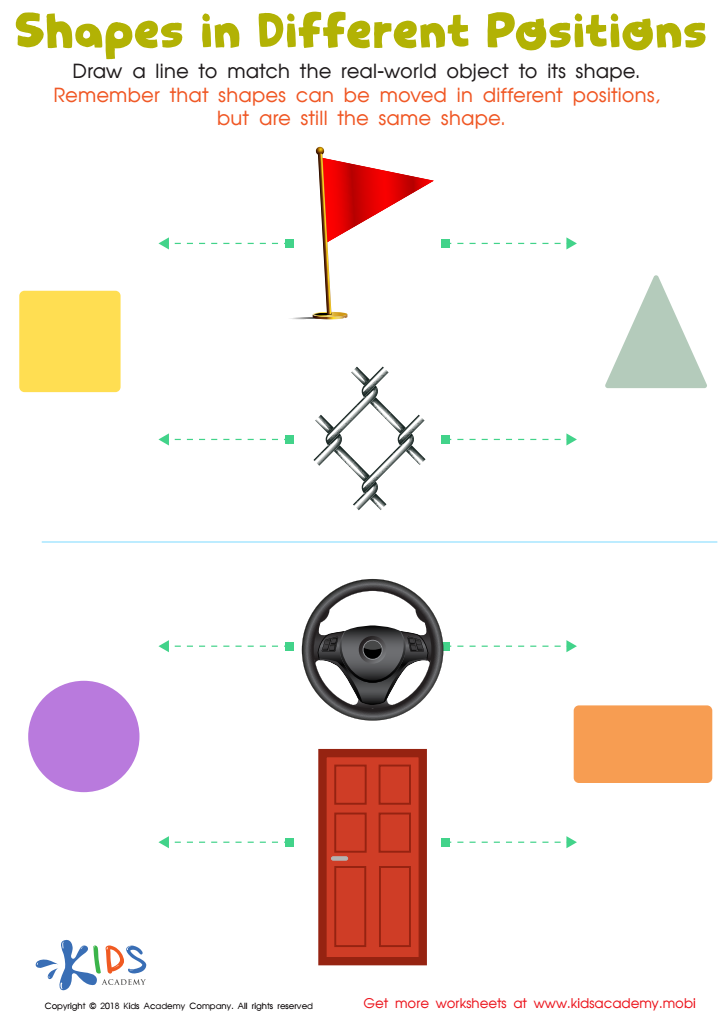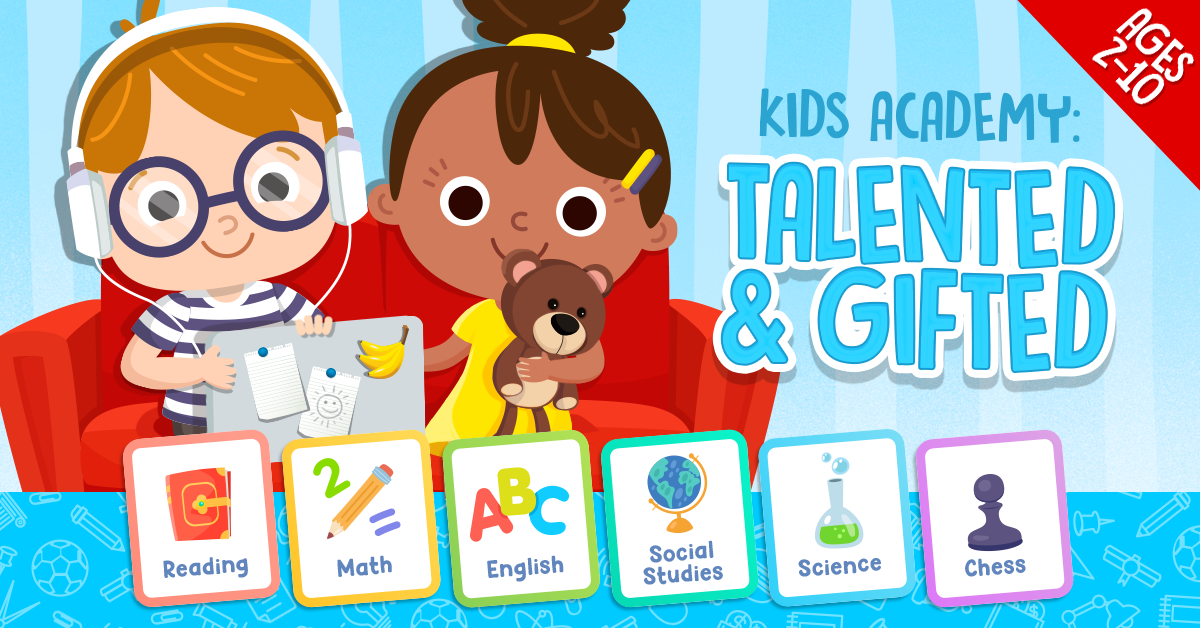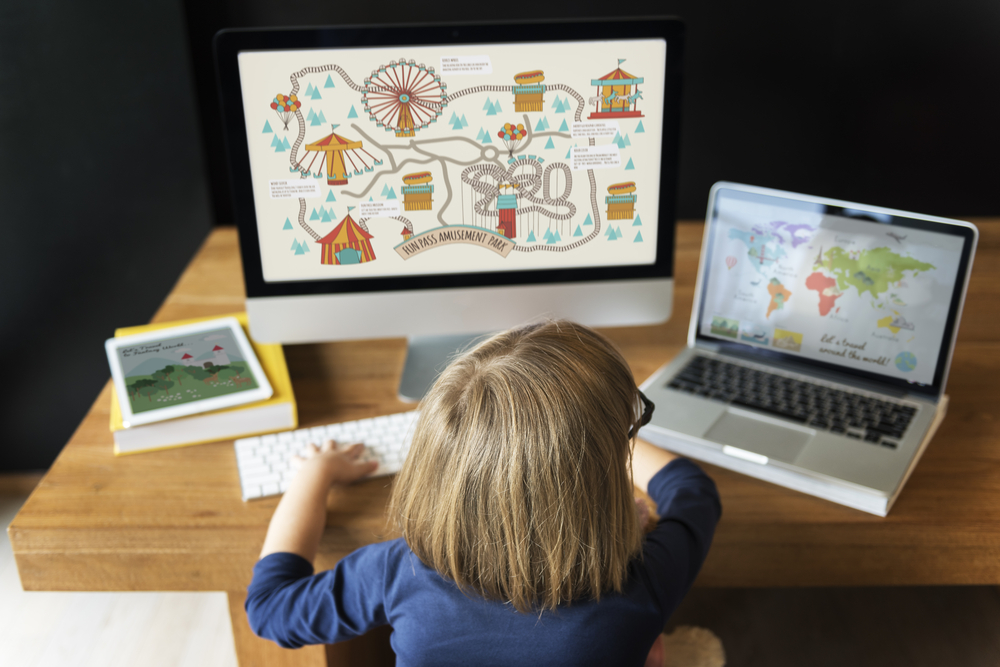Spatial reasoning skills Worksheets for Kids
1 filtered results
-
From - To


Shapes in Different Positions Worksheet
Question/Answer
What does the Spatial reasoning skill mean when it comes to Kindergarten Matching learning?
Spatial reasoning skill in Kindergarten Matching learning refers to a child's ability to understand, reason, and remember the spatial relationships among objects or space. It enables children to match shapes, patterns, or objects based on their positions, orientations, and relationships, supporting their cognitive development in areas such as geometry, problem-solving, and visualization.
How does the mastery of the Spatial reasoning skill affect a student's performance at an early age?
Mastery of spatial reasoning at an early age significantly enhances a student's performance across various subjects, particularly in mathematics, science, and technology. It improves their ability to visualize and manipulate objects, understand geometric relationships, and solve complex problems. This foundational skill is linked to better outcomes in STEM-related areas, critical thinking, and overall academic success.
How to test a Kindergarten student’s Spatial reasoning skills?
To test a Kindergarten student's spatial reasoning skills, use age-appropriate puzzles, block building tasks, shape sorting activities, and simple maps. Observe how the child manipulates objects to fit them together, follows directions to construct specific structures, and recognizes shapes in different orientations. These practical, hands-on activities are effective for assessing spatial understanding in young children.
 Assign to the classroom
Assign to the classroom










